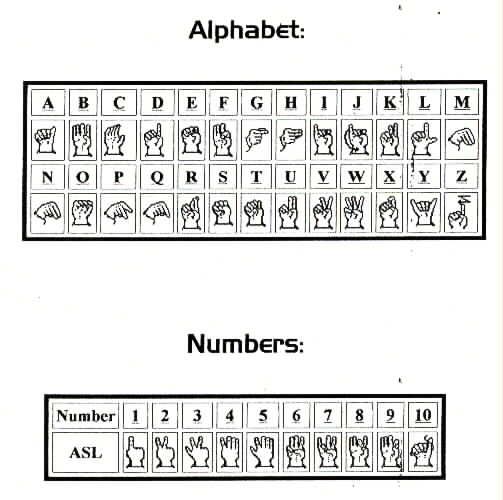

























Radio use by the PLI can bring about victory or confusion. The following rules must be adhered to by all members to keep communications free.
Say what you have to say and get off the air.
| Letter | Military | Civilian | ASL | Letter | Military | Civilian | ASL | |
|---|---|---|---|---|---|---|---|---|
| A | Alpha | Adam |  |
N | November | Nora |  |
|
| B | Bravo | Boy |  |
O | Oscar | Ocean |  |
|
| C | Charlie | Charles |  |
P | Papa | Paul |  |
|
| D | Delta | David |  |
Q | Quebec | Queen |  |
|
| E | Echo | Edward |  |
R | Romeo | Roger |  |
|
| F | Foxtrot | Frank |  |
S | Sierra | Sam |  |
|
| G | Golf | George |  |
T | Tango | Tom |  |
|
| H | Hotel | Henry |  |
U | Uniform | Union |  |
|
| I | India | Ida |  |
V | Victor | Victor |  |
|
| J | Juliet | John |  |
W | Whiskey | William |  |
|
| K | Kilo | King |  |
X | X-Ray | X-ray |  |
|
| L | Lima | Lincoln |  |
Y | Yankee | Young |  |
|
| M | Mike | Mary |  |
Z | Zulu | Zebra |  |
All members must memorize and be prepared to use the following ten codes to codify and facilitate enhanced communications.
When in the field, use of proper ten codes is preferred; HOWEVER, it is more important to be properly understood by everyone than to "sound cool" on the radio. If you cannot remember or don't know the appropriate code, go to clear english!
Radio frequencies will be determined on an event by event basis. These frequencies will include one primary operations channel with three alternates. In addition, two command net frequencies will be established with three alternates.
IT IS IMPERATIVE THAT THESE FREQUENCIES REMAIN SECRET!
Any member captured with a radio should endeavor to change its frequency. No member shall give out the frequencies for an event to any non-member for any reason without command staff approval.
“Consult with many on proper measures to be taken, but communicate the plans you intend to put in execution to few, and those only of the most assured fidelity. Or better, trust no one but yourself.”
All members must be familiar with the appropriate American Sign Language hand signals for the basic execution of the squad and platoon drill. Members should also know the hand signals for number up to 10. The ability to silently communicate is an asset that cannot be overlooked or forfeited. These signs are presented here in concise form and in more detail on the next two pages. The added benefit of knowledge of ASL is obvious.
